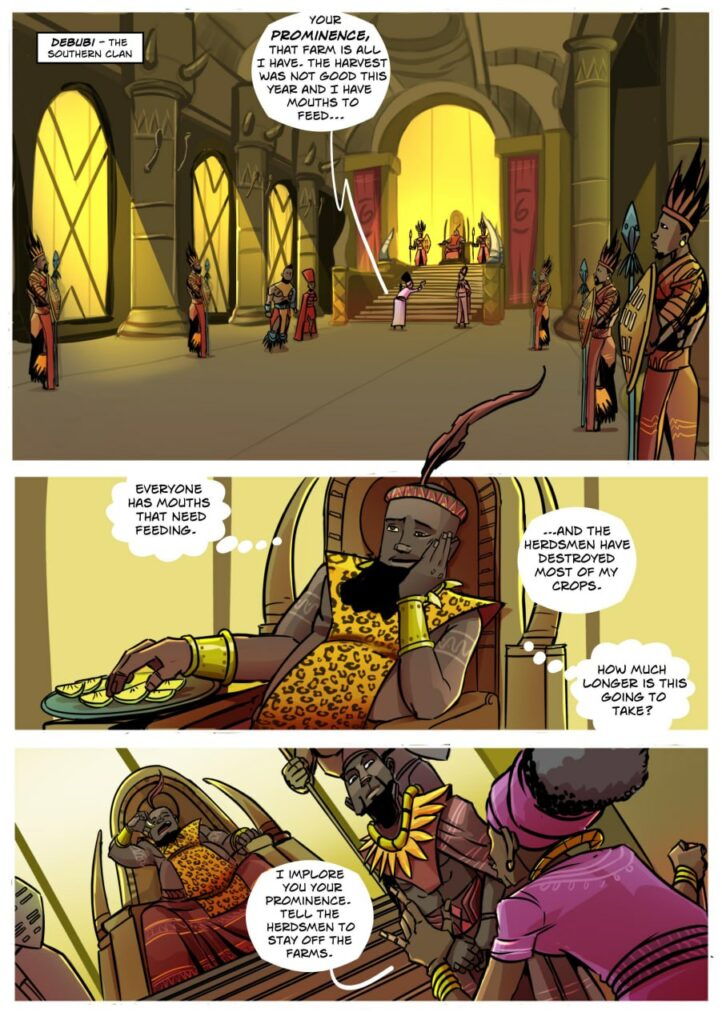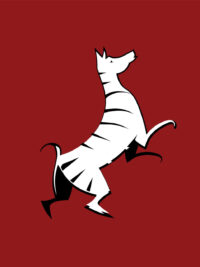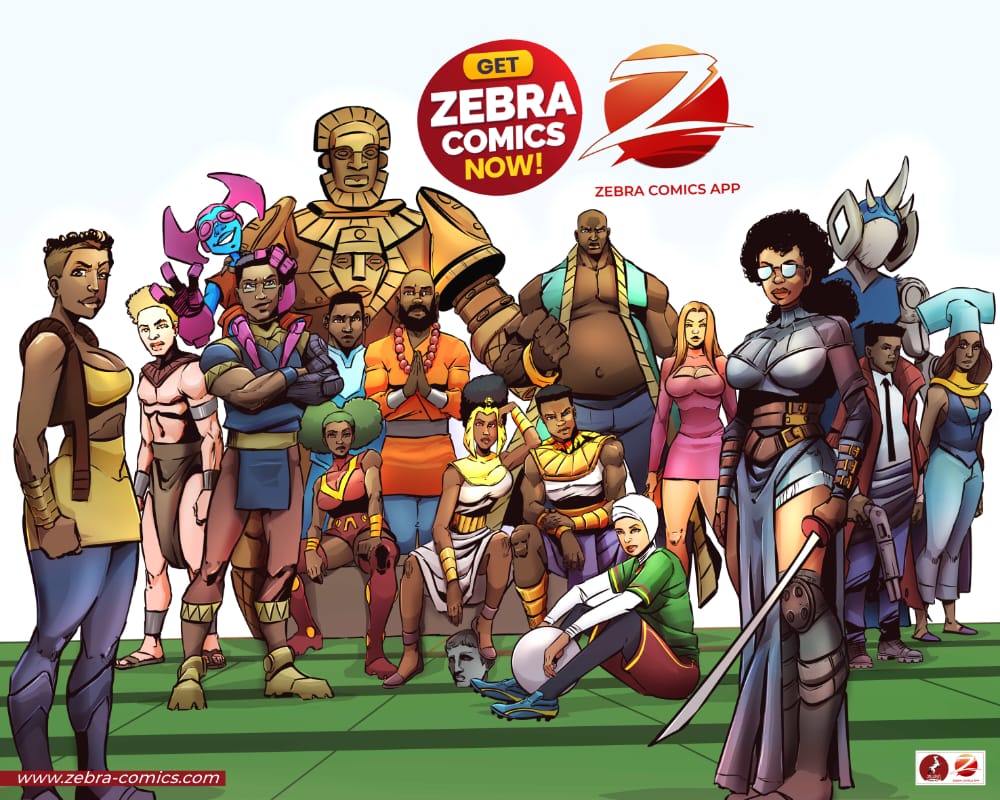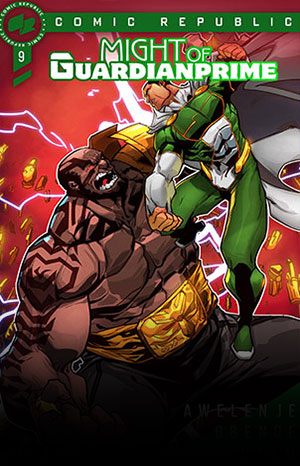If you are a fan of comics and graphic novels, you may have observed that there is a growing number of African comics on the market. These comics are not just adaptations of Western or superhero stories, but rather original creations that reflect the diverse cultures, histories and experiences of the African continent. African comics are a unique and vibrant art form that gives a new perspective on the world. Let’s see what makes them so special.

1. African Tropes
One of the most obvious features of African comics is the use of African tropes. Tropes are recurring themes, motifs or patterns common in a genre or a culture. For example, some common tropes in Western superhero comics are secret identities, origin stories, costumes and gadgets. African comics have reinvented most of these tropes. Let us delve into some of the tropes that give African comics their distinctive features.
A. African mythology and folklore
African comics draw from the rich oral traditions and folklore of various ethnic groups and communities, such as Bamileke, Mankon, Yoruba, Igbo, Zulu, Maasai and others. Some examples of comics that use African mythology and folklore are E.X.O. The Legend of Wale Williams by Roye Okupe, which is based on the Yoruba god Ogun; Karmzah by Farida Bedwei, which features a heroine with cerebral palsy who gains superpowers from her crutches that are inspired by Ghanaian Adinkra symbols; and Beasts of Tazeti which features 5 clans inspired by the different regions of Africa.
B. History and Politics
Many African comics deal with the realities and challenges of living in a post-colonial and developing continent, such as poverty, corruption, civil wars, ethnic conflicts and environmental issues. Some examples of comics that use African history and politics are Aya of Yop City by Marguerite Abouet and Clément Oubrerie, which depicts the everyday life of a young woman and her friends in Cote d’Ivoire during the 1970s; Lake of Tears by Setor Fiadzigbey and Kwabena Ofei, which sheds light on child trafficking and labour in Ghana; and BLACK by Kwanza Osajyefo and Tim Smith 3, which imagines a world where only black people have superpowers.
C. African aesthetics and styles
African comics showcase the diversity and beauty of African art, architecture, fashion and design in their illustrations and layouts. Some examples of comics that use African aesthetics and styles are Kwezi by Loyiso Mkize, which features a modern South African superhero who wears traditional beadwork and patterns on his costume; Captain Africa by Andy Akman, which was one of the first African comics to go global in the 1980s and had a distinctive Afrofuturistic look; and Anaki which borrows from African designs to create a unique sci-fi universe.
2. African Languages
Another feature that makes African comics unique is the use of African languages and dialects. Many African comics incorporate words, phrases or expressions from different African languages or dialects into their dialogue or narration. This adds authenticity and flavour to the stories and characters, as well as showcases the linguistic diversity of the continent. Some examples of comics that use African languages or dialects are Beasts of Tazeti by The Ejob Brothers where the different fictional clans are named in Amharic, Avonome by Ibrahim Ganiyu and Stanley Obende, which uses Hausa words to name some characters and places; Hero Kekere by Jide Martin, which uses Nigerian pidgin English to create humour; and Metalla the 13th by Akintoba Kalejaye and Samuel Iwunje, which uses Igbo proverbs to convey wisdom.

3. African Platforms
Many African comics are created by independent artists or small studios who use online platforms such as websites, blogs, social media or crowdfunding to distribute their work to local and global audiences. Some examples of online platforms that host African comics are Zebra Comics, Comic Republic, YouNeek Studios, Kugali Media, etc. Some African comics are also published by local or regional publishers who specialize in comics or graphic novels.

Conclusion
In conclusion, African comics are unique because they use various features such as tropes, languages, aesthetics and platforms to tell stories that reflect the diversity and richness of the African continent. These comics offer a different perspective on Africa than those usually portrayed in mainstream media or Western comics. They also provide entertainment, education and empowerment for readers who want to learn more about Africa or see themselves represented in comics. If you are interested in reading some African comics, you can check out some of the examples mentioned above or explore other titles online.




